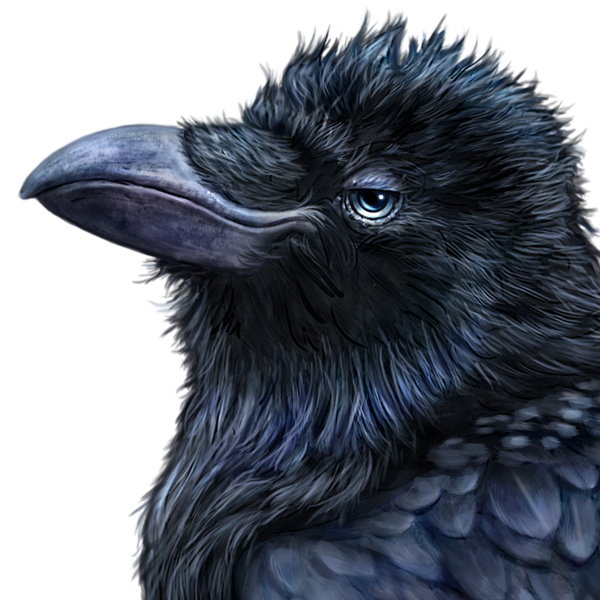
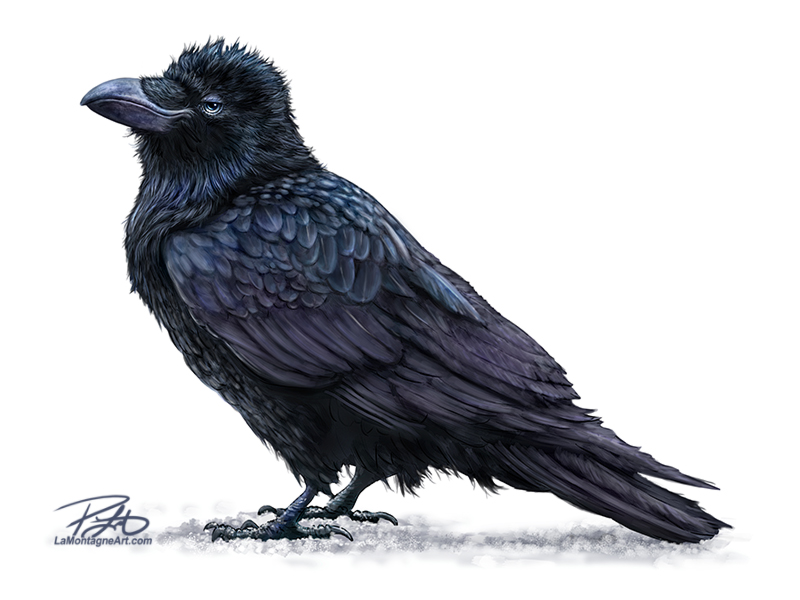 In the late nineties, I worked different jobs at a hotel in Banff for five or six years, from waterslide attendant and manager to front desk agent, night auditor and accounting clerk.
In the late nineties, I worked different jobs at a hotel in Banff for five or six years, from waterslide attendant and manager to front desk agent, night auditor and accounting clerk.
I used to doodle, sketch, and draw a lot in those days. I wasn’t very good at it, but like with any skill, you don’t produce your best work until you’ve paid for it with years of bad work. It was a hobby that I never thought would become a career.
While at the waterslides, after I’d finished cleaning, the job often meant minding the desk until guests showed up. I might spend hours alone in the slow season, so I would read or draw. The night audit position required a couple of hours running financial reports at the beginning of the shift, then babysitting the front desk all night until the day staff arrived.
More time to draw.
I filled countless sketchbooks during those years, all long ago discarded, recycled or shredded. I’m not a nostalgic person, and I don’t like clutter. Some have suggested I should have kept that stuff because it might have been worth money someday.
Ever seen American Pickers? Those outbuildings full of junk are all about people keeping useless stuff for that very reason. Most of it is worthless.
Proving we never know what we’ve got ’til it’s gone, I took all that creative freedom I now miss for granted. No deadlines, no expectations, and no need for any of that artwork to pay the bills. With no social media or website then, I didn’t have to post any of it.
Art for a living is a double-edged sword. While I certainly prefer it to that waterslide job or working midnight shifts minding a front desk, and working at home alone suits my nature; I no longer draw anything just for fun. If I’ve got time to draw, I spend it on editorial cartoons or whimsical wildlife paintings.
I used to enjoy editorial cartooning, but following politics and the news every day, especially in our increasingly toxic and adversarial culture, it’s just a job, and there’s little joy in it. But I can’t ignore that without cartoon deadlines; I wouldn’t have been as disciplined to draw almost every day for more than twenty years. That constant practice has made me a better artist. How could it not?
The wildlife paintings, however, are the antidote to the negative news cycle. I’d much rather spend every day painting fur and feathers, recording painting videos, or writing, but that’s currently just over half of my artistic income, so I need to devote equal time to the darkness and light.
The financial pressure I assign to my wildlife work often decides which animals I paint. I will avoid certain animals because they’re unlikely to be popular. I must always think about the market potential for anything I paint. Will this or that retail or licensing client be interested, will it be popular at markets, and which products might benefit from this piece?
I’ve only realized in recent years how loud those questions have become. My Otter and Smiling Tiger are two of my bestsellers, but I wasn’t thinking about that when I painted either of them nor could I have predicted their success.
But I’d be lying if I said I wasn’t trying to predict and produce the next bestseller every time I plan a new painting, even knowing it’s impossible. Art isn’t an algorithm. Based on market trends, you can’t accurately predict what will resonate with people. I know because every year, the licensing industry pretends they know what people want and what will sell, and they fail more often than succeed.
Like with political polls or long-range weather forecasts, we pay attention to these poor predictions and then complain about how often they’re wrong. We’re not as bright as we like to pretend.
Several people asked me to paint a sloth a couple of years ago. I kept putting it off because I had no interest. But I finally got tired of hearing it and wondered if I was missing something. So, I put the time in and painted one. It was a worthwhile challenge, and I’m pleased with how it turned out. I learned some things in the process, but it’s not one of my personal favourites. I’ve never felt any connection with sloths. It sells well enough, but it’s not a bestseller.
Over the past year, I’ve received a bizarre number of requests for another animal, at least twice a day at the Banff Christmas markets. It’s another I wouldn’t have chosen, but I started on it this week. With the Calgary Expo on the horizon, it’s the best place to test if requests will result in actual sales, should I manage to do a good job. Rather than tell you what it is, I’ll share it in a couple of weeks.
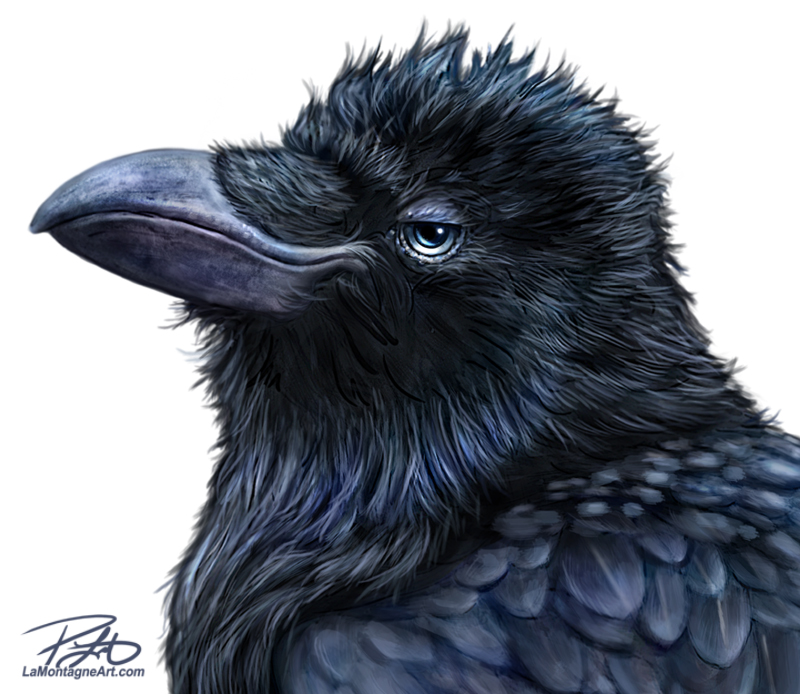 I’ve always liked ravens, and I talked a bit about that in my last post. Because ravens are popular, this piece was a marketing decision and an animal I wanted to paint. It’s nice when it can be both, but I catch myself asking composition questions while I paint that I never would have when I didn’t do this for a living.
I’ve always liked ravens, and I talked a bit about that in my last post. Because ravens are popular, this piece was a marketing decision and an animal I wanted to paint. It’s nice when it can be both, but I catch myself asking composition questions while I paint that I never would have when I didn’t do this for a living.
Will no background make the painting more or less popular? Will people want the blues and purples in the feathers to be more or less vibrant? Should I have exaggerated the whimsy more, or did I go too far already?
It also applies to writing posts like this. Am I being too negative? Will this angsty artist crap turn people off? Should I write something peppy and encouraging, even though I feel none of that right now? What do people want to hear?
These questions are pointless, but I find them impossible to ignore.
Eleanor Roosevelt once said, “You wouldn’t worry so much about what others think of you if you realized how seldom they do.”
But because this work is my livelihood, it’s nearly impossible to avoid these thoughts. My time is limited, and spending it on a painting that doesn’t sell well feels like I wasted it on the wrong painting.
Second guessing like that often leads to procrastination and self-doubt. Too long in that headspace, and I’ll ultimately paint nothing because I’m looking for impossible guarantees.
It would be nice to end a post like this with a positive affirmation or some conclusion that hints at some 11th-hour writing wisdom. But I have no clear answer to this flawed perspective. I’m still working on it.

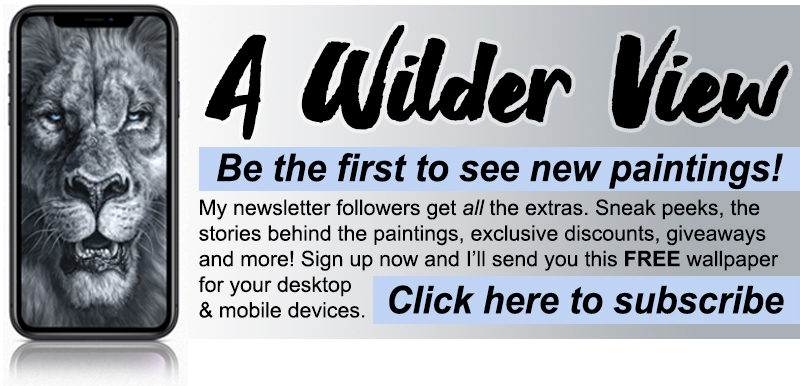
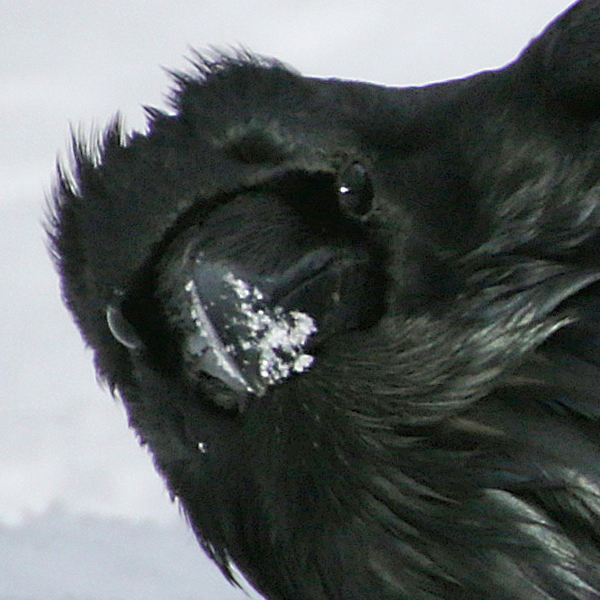
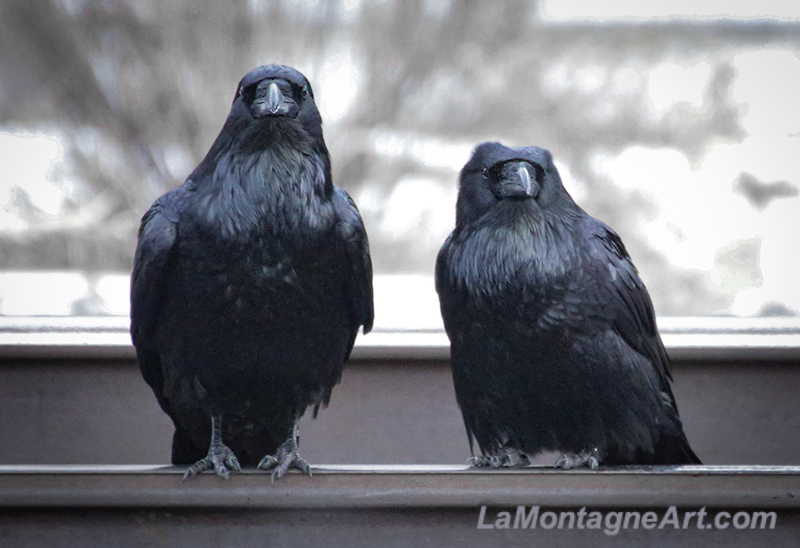 You can attribute it to seasonal affective disorder, lack of light, or the extreme cold weather that settled in this week, but January is not my favourite month. I am at my most miserable and misanthropic this time of year, coupled with a short fuse. My jaw has been bugging me for a couple of weeks, a consequence of unconscious clenching and teeth grinding. I’m not sleeping well and have bad dreams.
You can attribute it to seasonal affective disorder, lack of light, or the extreme cold weather that settled in this week, but January is not my favourite month. I am at my most miserable and misanthropic this time of year, coupled with a short fuse. My jaw has been bugging me for a couple of weeks, a consequence of unconscious clenching and teeth grinding. I’m not sleeping well and have bad dreams.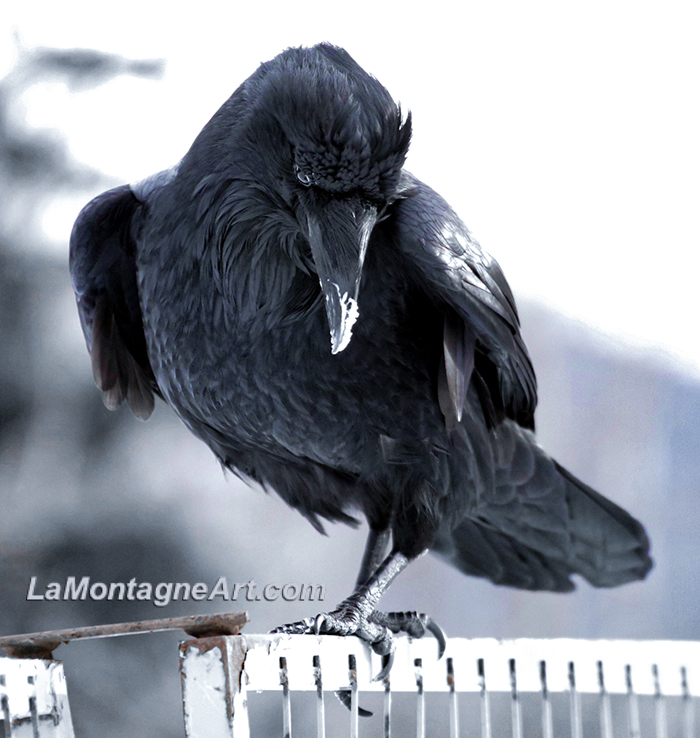 But at the moment, each
But at the moment, each 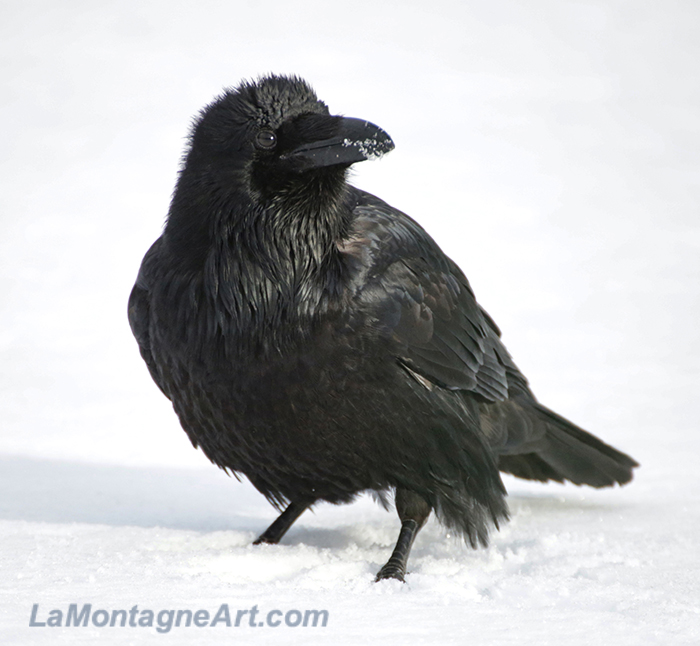 On the way, there’s a long stretch of paved pathway beside the train tracks. It runs behind another grocery store, recycling drop-off, and Canadian Tire and several ravens hang out in the area, scavenging for scraps.
On the way, there’s a long stretch of paved pathway beside the train tracks. It runs behind another grocery store, recycling drop-off, and Canadian Tire and several ravens hang out in the area, scavenging for scraps.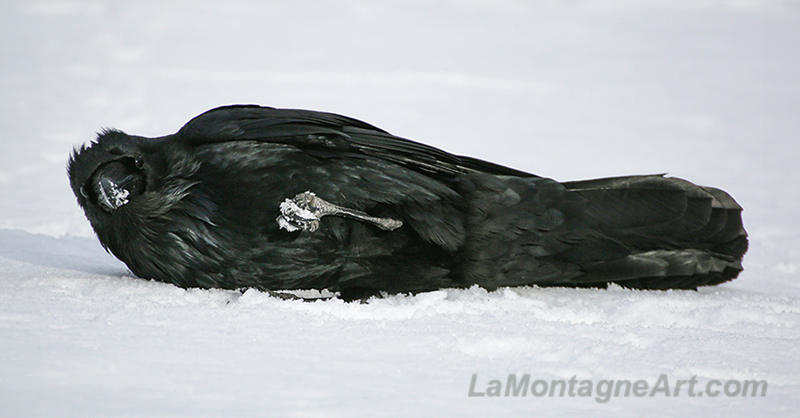 But when a raven flops down on his back and rolls around in the snow, pausing several times to look right into my lens, it’s hard not to imagine it’s doing it for my benefit. I took quite a few shots of this clown before he (or she) finally got back on his feet.
But when a raven flops down on his back and rolls around in the snow, pausing several times to look right into my lens, it’s hard not to imagine it’s doing it for my benefit. I took quite a few shots of this clown before he (or she) finally got back on his feet.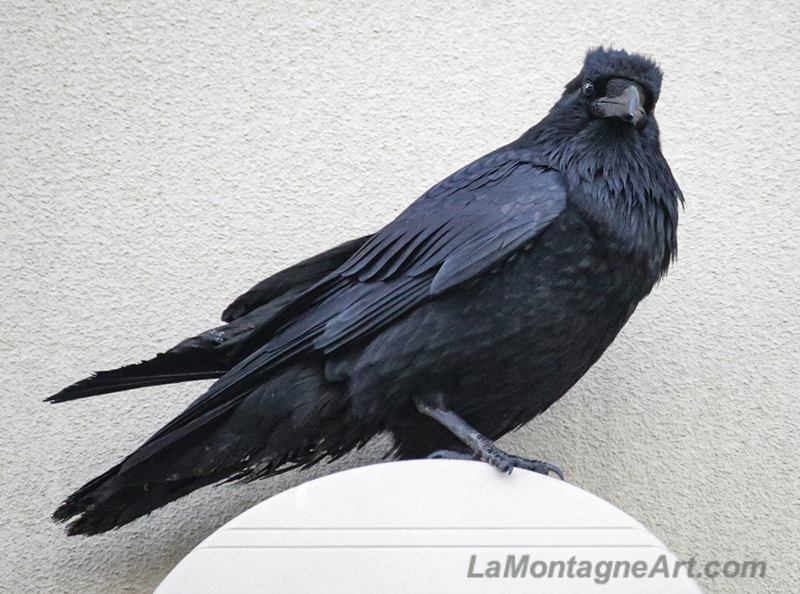 Thanks to a recent photo tip technique on my friend
Thanks to a recent photo tip technique on my friend 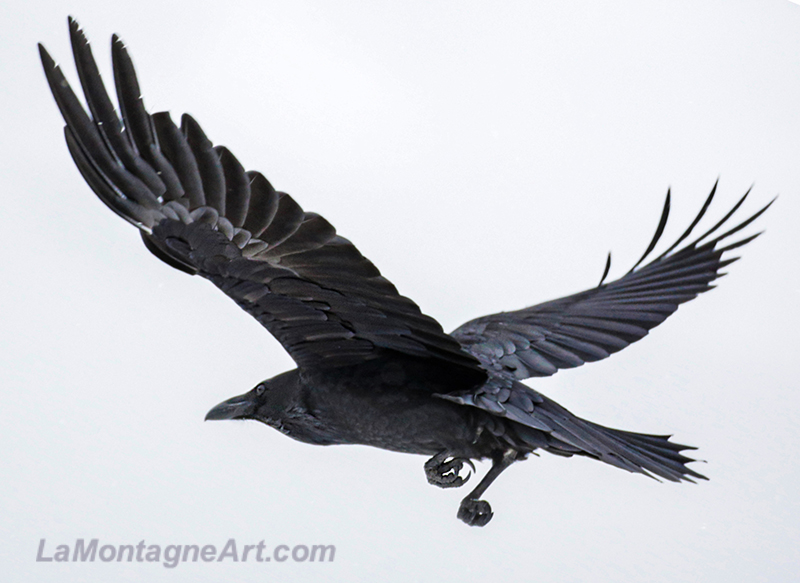 While a professional photographer might deem them unworthy for prints or portfolio pieces, I use the photos strictly for reference, so any flaws don’t matter.
While a professional photographer might deem them unworthy for prints or portfolio pieces, I use the photos strictly for reference, so any flaws don’t matter.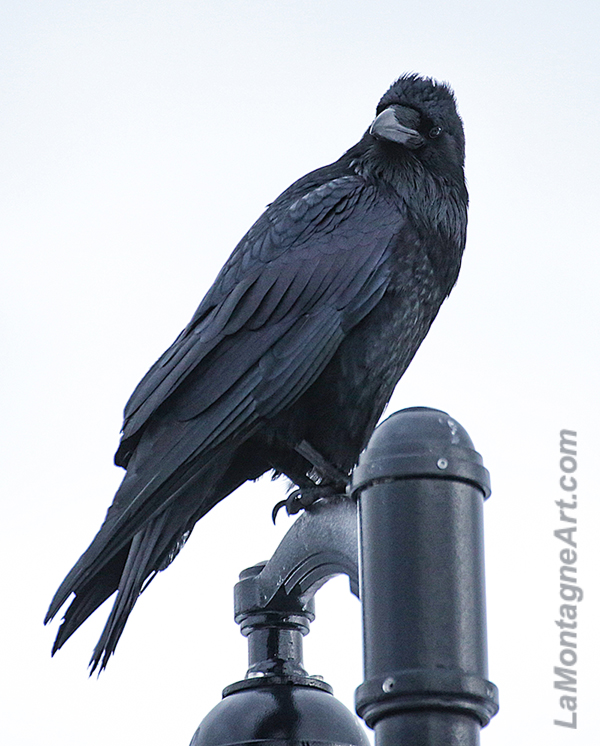 Though I’m struggling to find my creative spark right now, I know it will return as spring gets closer, and my mood will improve with more sunlight and warmer weather. It always does. And should I want to paint more ravens then, I’ll be grateful I forced myself to get out now and that I took my camera with me, even though I didn’t feel like it.
Though I’m struggling to find my creative spark right now, I know it will return as spring gets closer, and my mood will improve with more sunlight and warmer weather. It always does. And should I want to paint more ravens then, I’ll be grateful I forced myself to get out now and that I took my camera with me, even though I didn’t feel like it.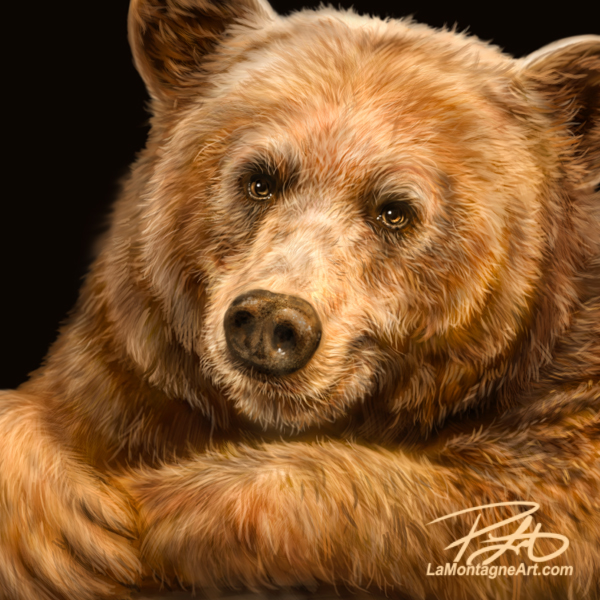
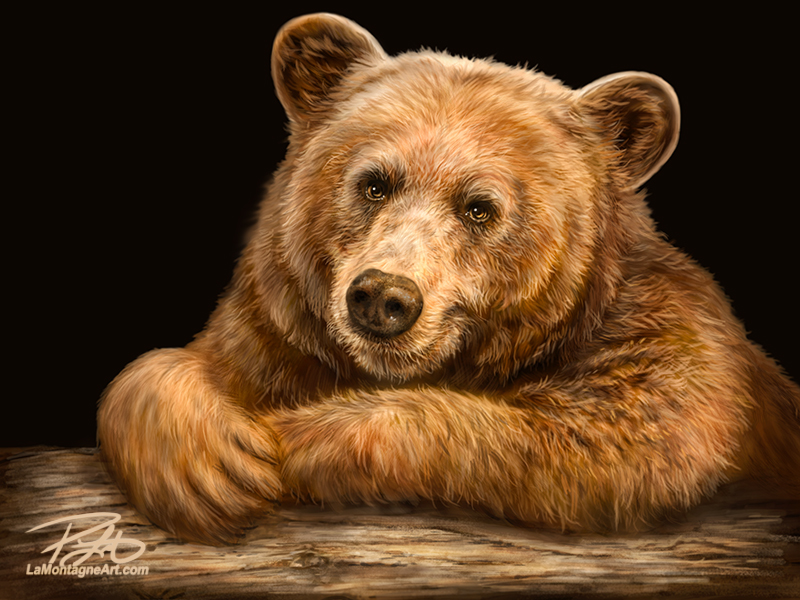
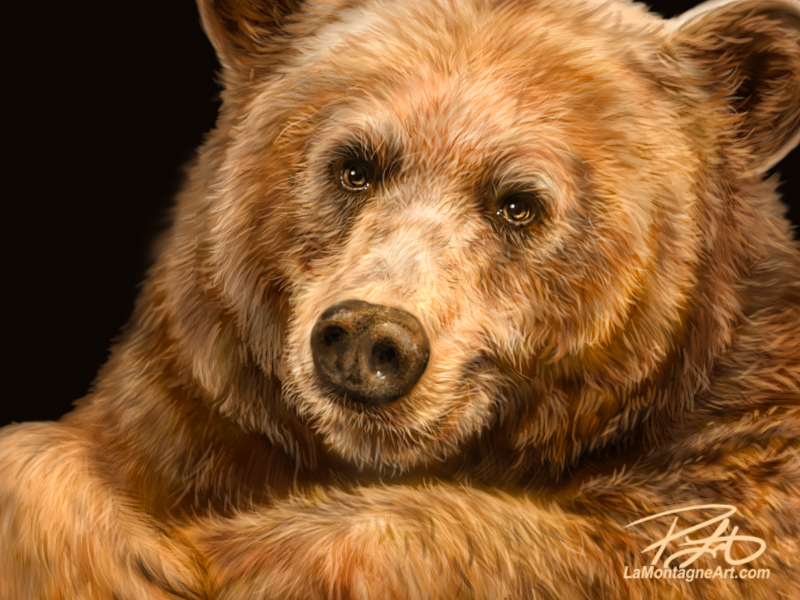 I’ve also completed the bulk of my year-end bookkeeping this week and cleaned my office so I can start the new year right. I typically don’t make New Year’s resolutions, but I always have plans for the coming year.
I’ve also completed the bulk of my year-end bookkeeping this week and cleaned my office so I can start the new year right. I typically don’t make New Year’s resolutions, but I always have plans for the coming year.
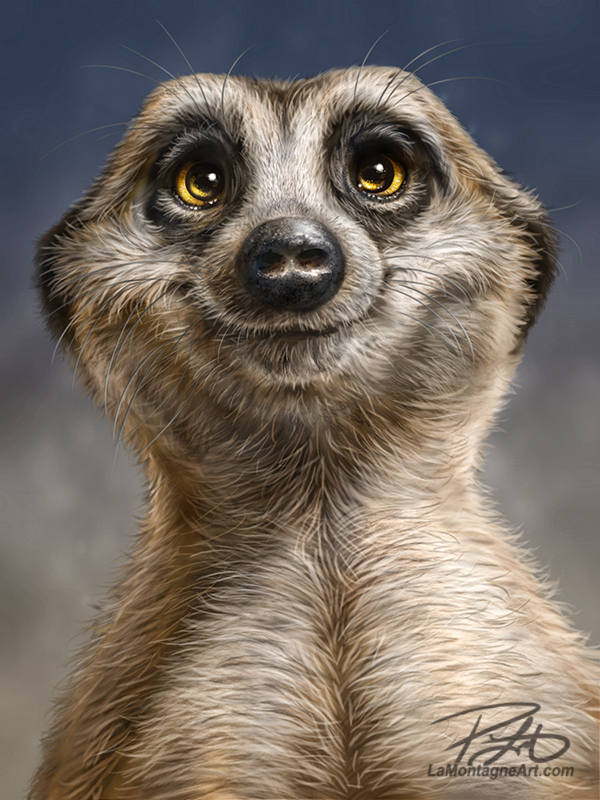 I’ve taken hundreds of meerkat photos at the
I’ve taken hundreds of meerkat photos at the 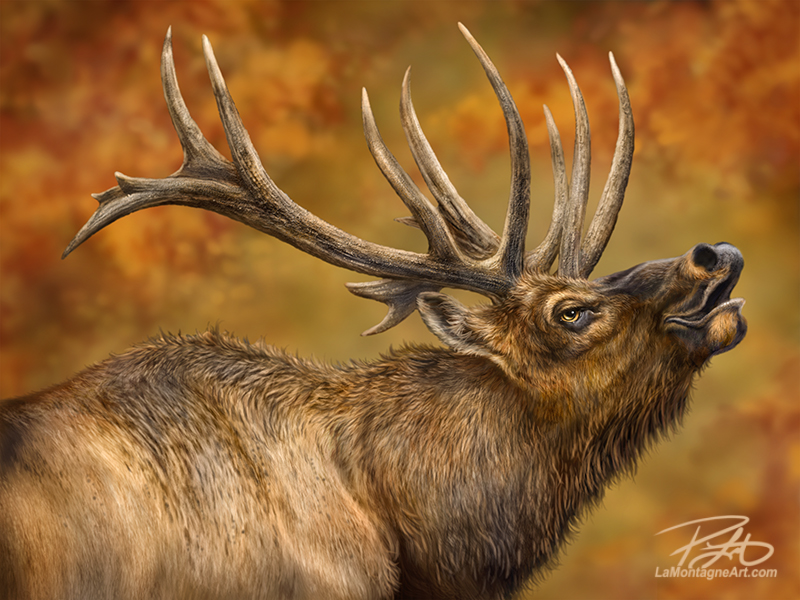
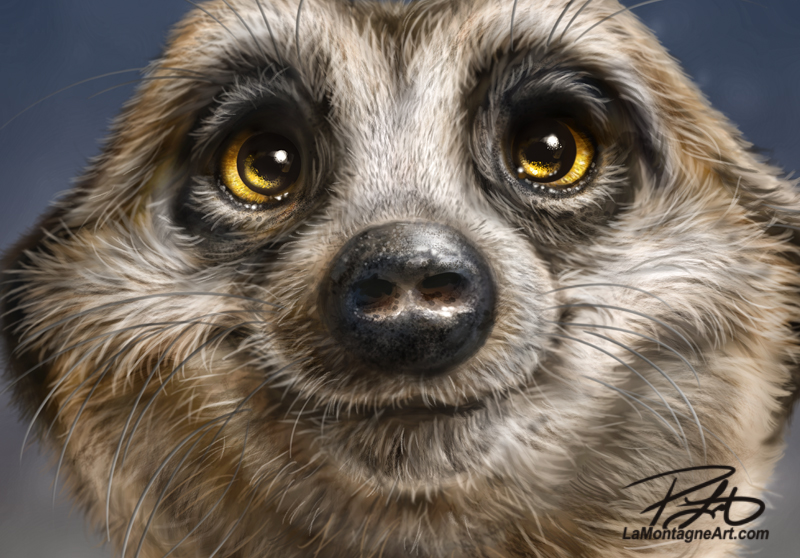 When it came to meerkats, I’ve long had the idea to paint a whole troop of them, so painting a solitary meerkat wasn’t on the radar, or I’d do the occasional sketch painting, but never a finished production piece. But just like the three giraffes I painted for my
When it came to meerkats, I’ve long had the idea to paint a whole troop of them, so painting a solitary meerkat wasn’t on the radar, or I’d do the occasional sketch painting, but never a finished production piece. But just like the three giraffes I painted for my 
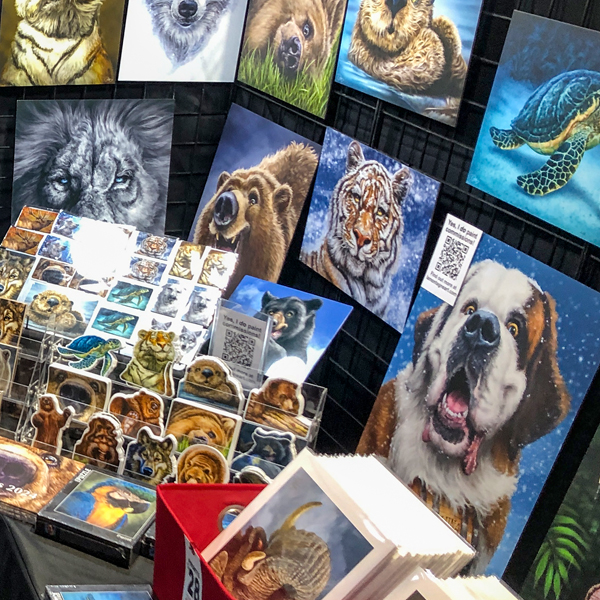
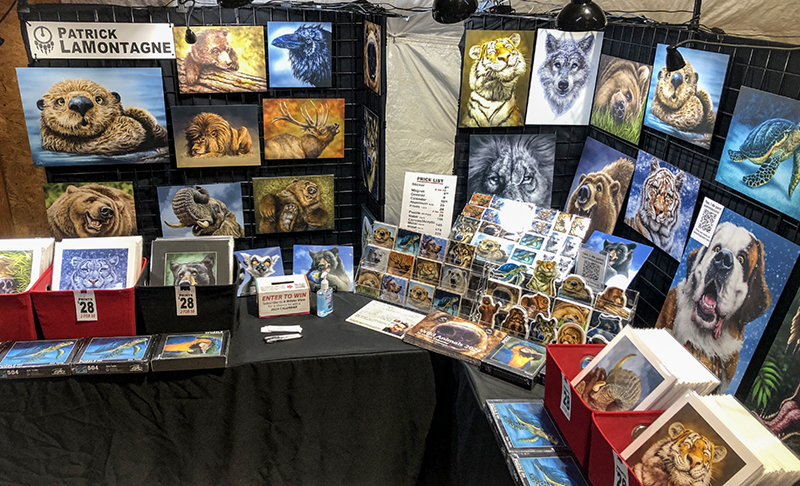
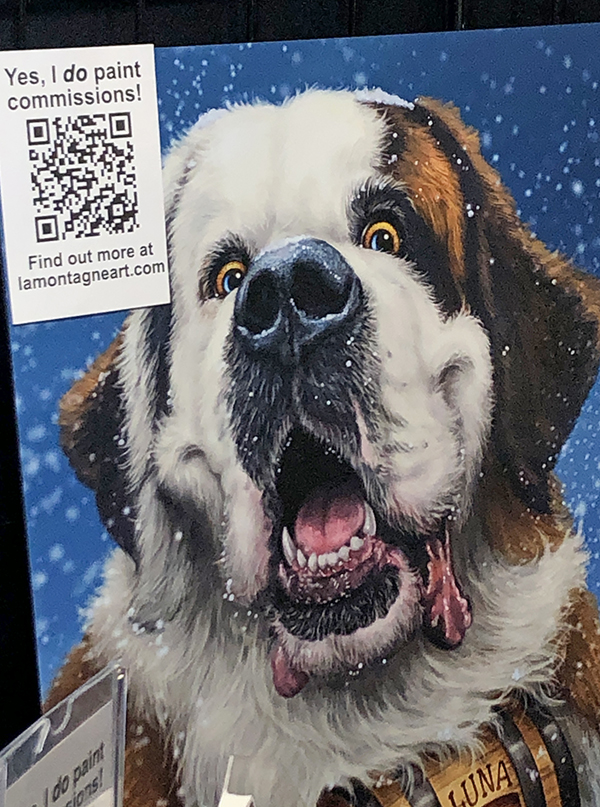
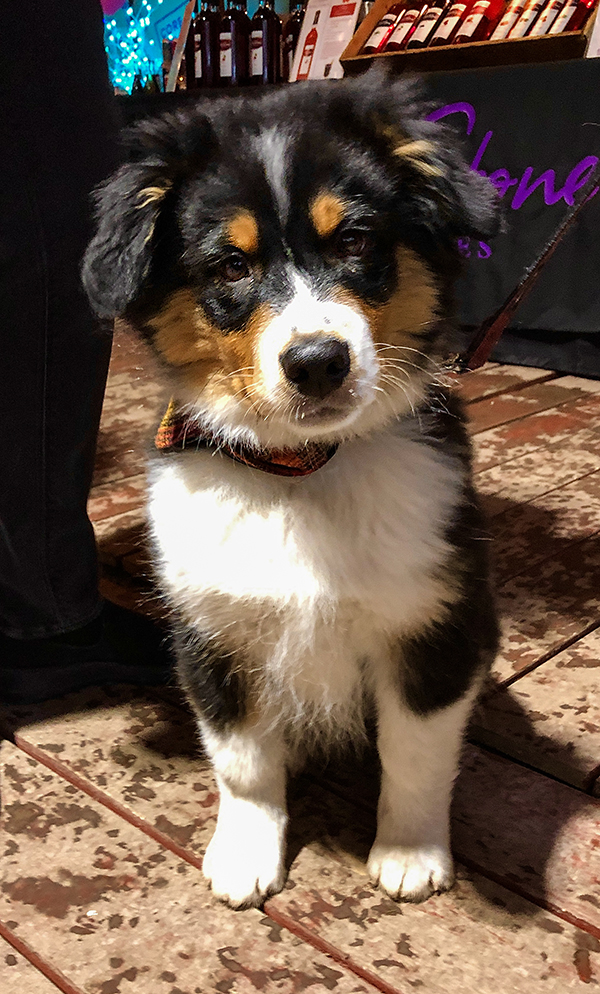
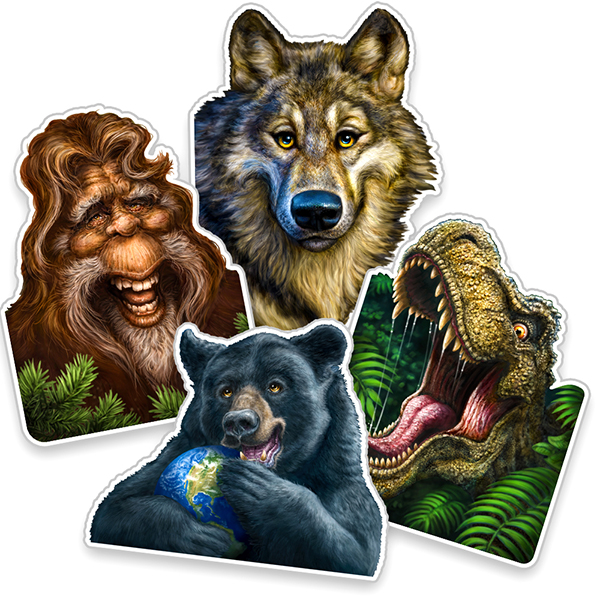
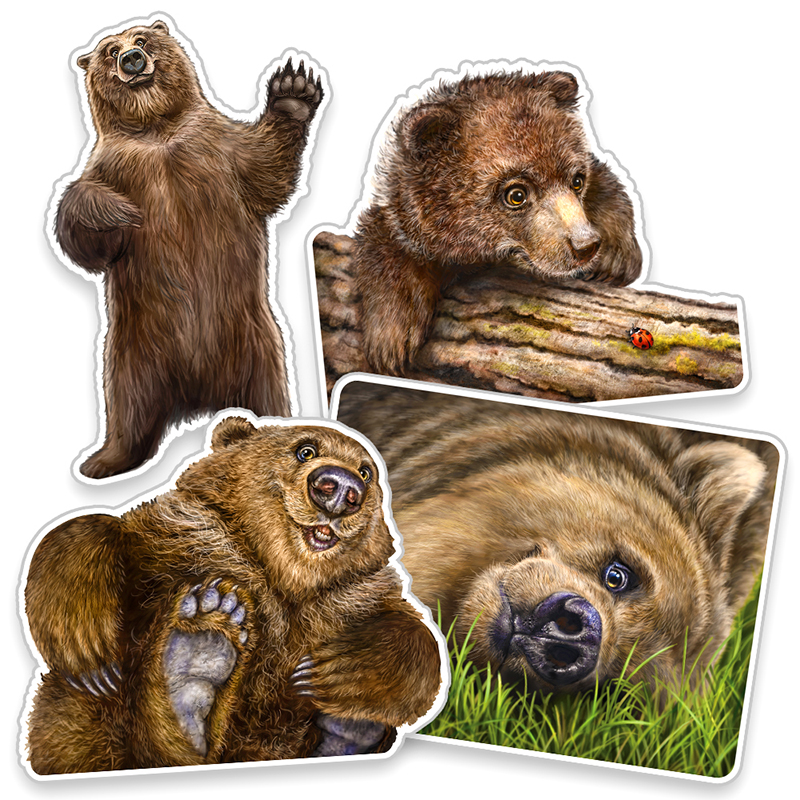
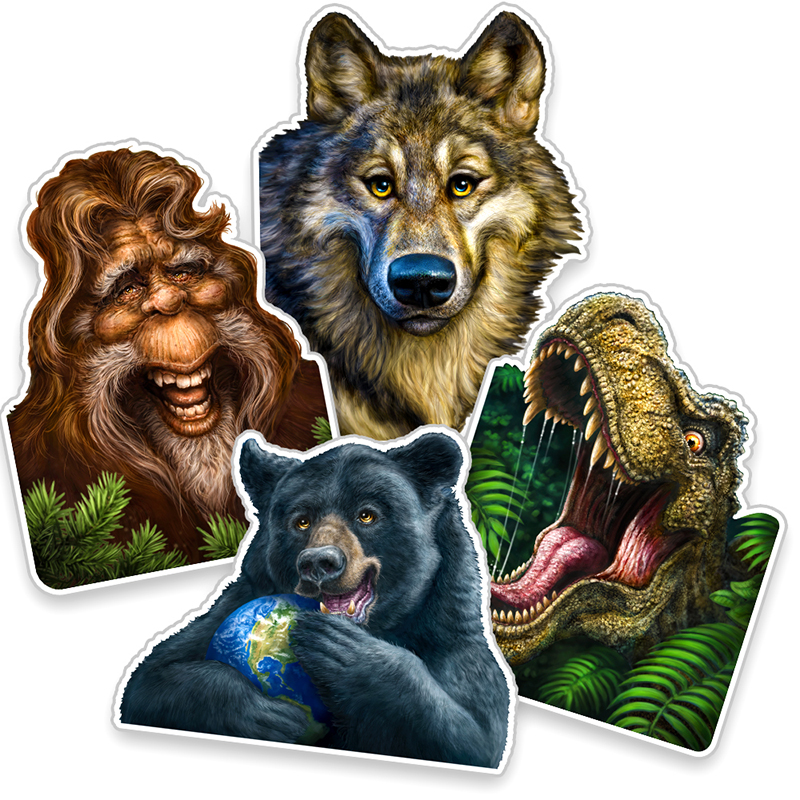
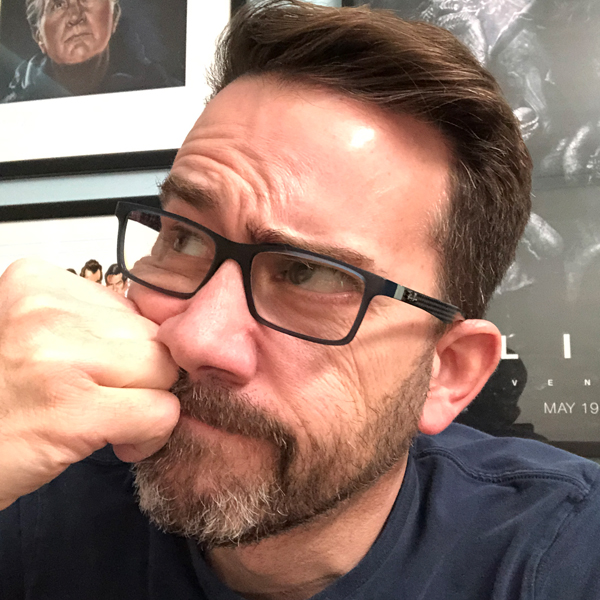
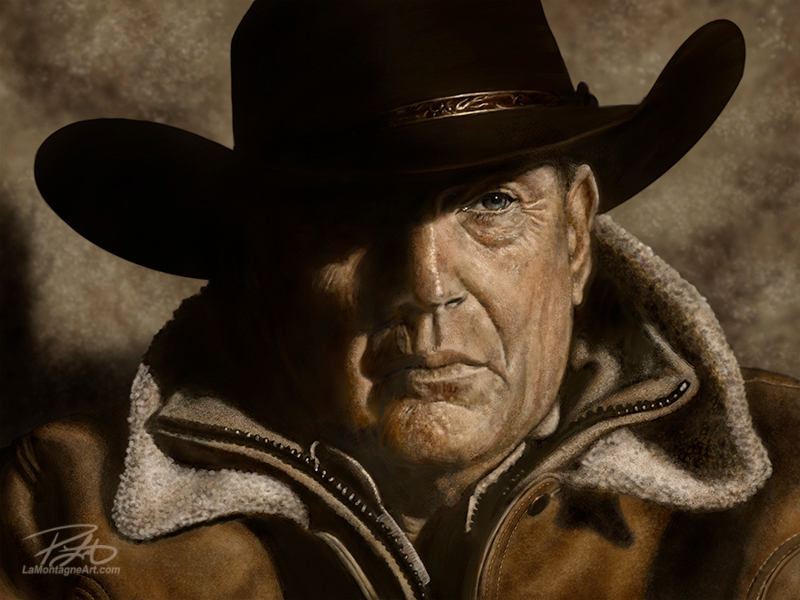
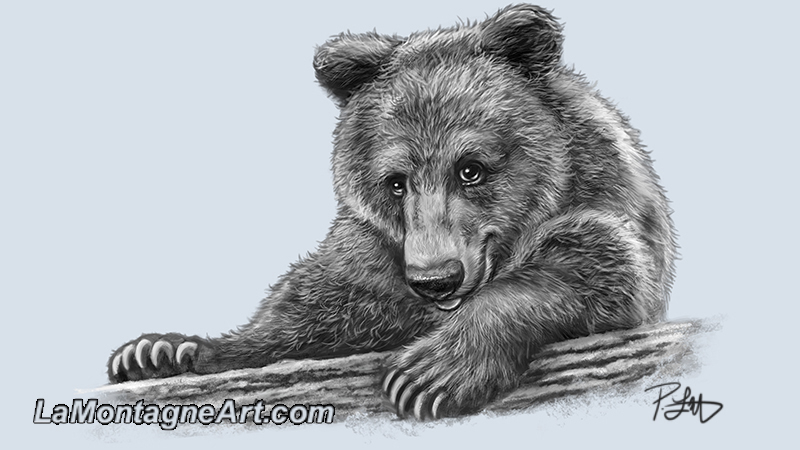 The first is the bear book. I’ve been actively painting new bears and writing content to accompany them. I finally got sick of my excuses and I’m seeing real progress and positive momentum rather than procrastination.
The first is the bear book. I’ve been actively painting new bears and writing content to accompany them. I finally got sick of my excuses and I’m seeing real progress and positive momentum rather than procrastination.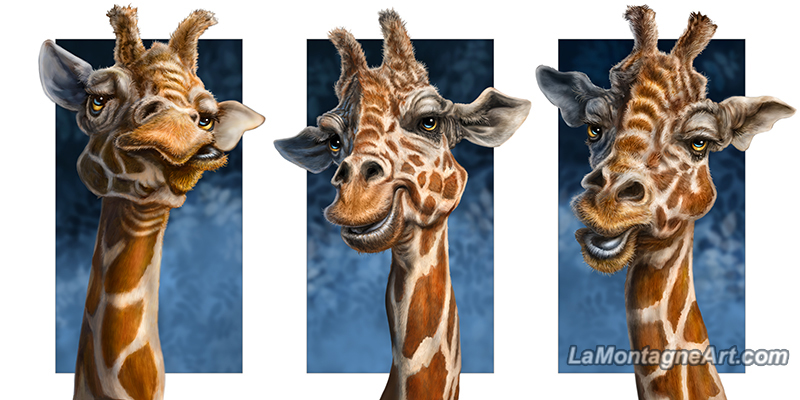 I plan to paint at least a half dozen new images I can shop around exclusively for new clients, and some I’ll only offer as prints for now. All eggs in one basket is a bad idea at the best of times, let alone in this down economy.
I plan to paint at least a half dozen new images I can shop around exclusively for new clients, and some I’ll only offer as prints for now. All eggs in one basket is a bad idea at the best of times, let alone in this down economy.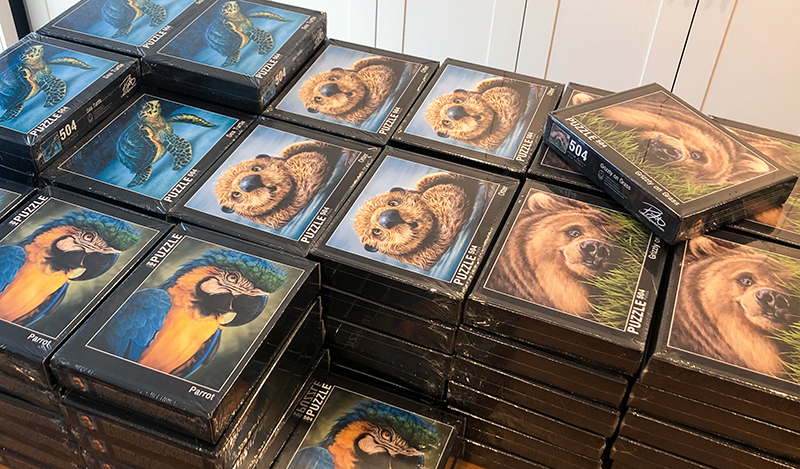 Though the first puzzles did very well, I won’t print those images again, opting for new ones instead. Some will be more involved pieces featuring multiple animals, which means each painting will take more hours to create than one with a single critter.
Though the first puzzles did very well, I won’t print those images again, opting for new ones instead. Some will be more involved pieces featuring multiple animals, which means each painting will take more hours to create than one with a single critter.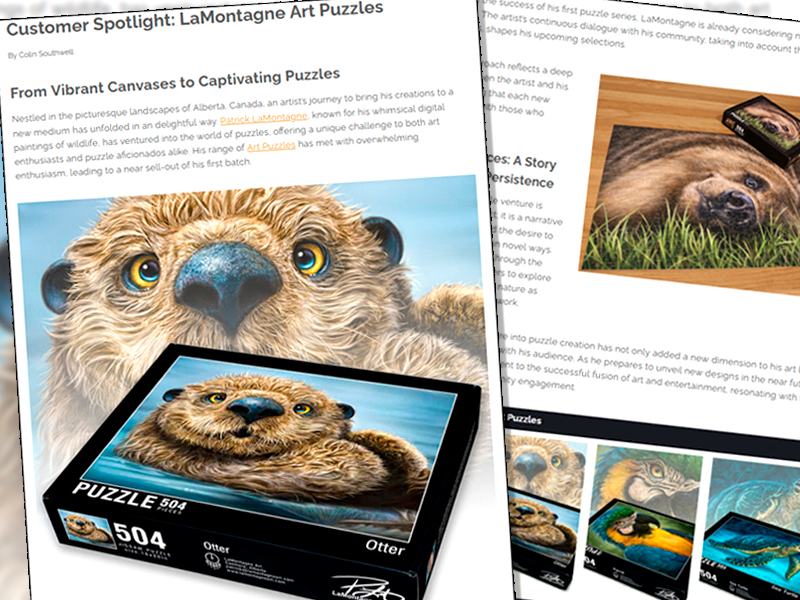
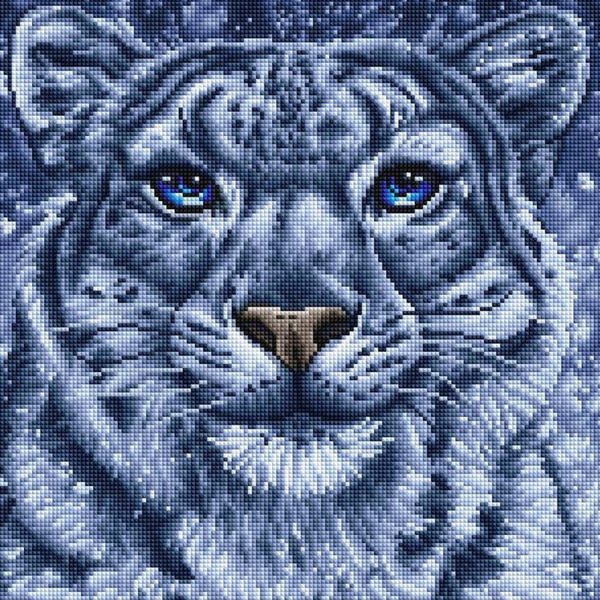
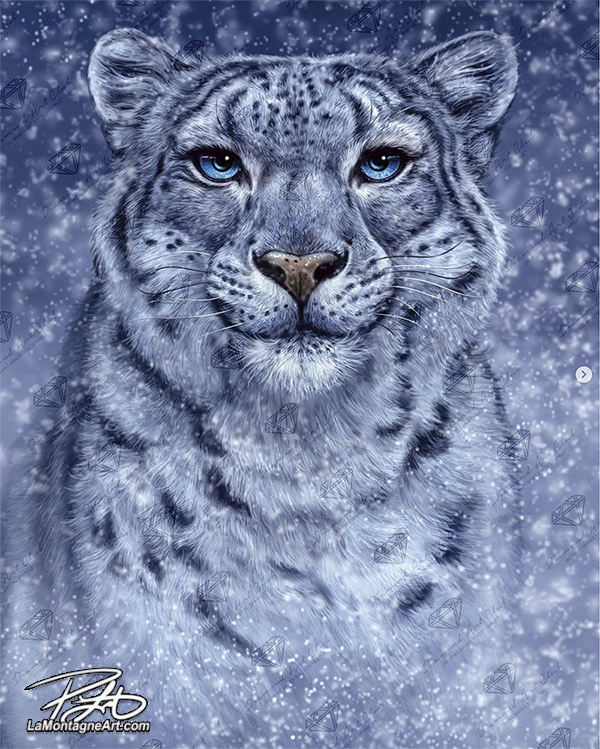
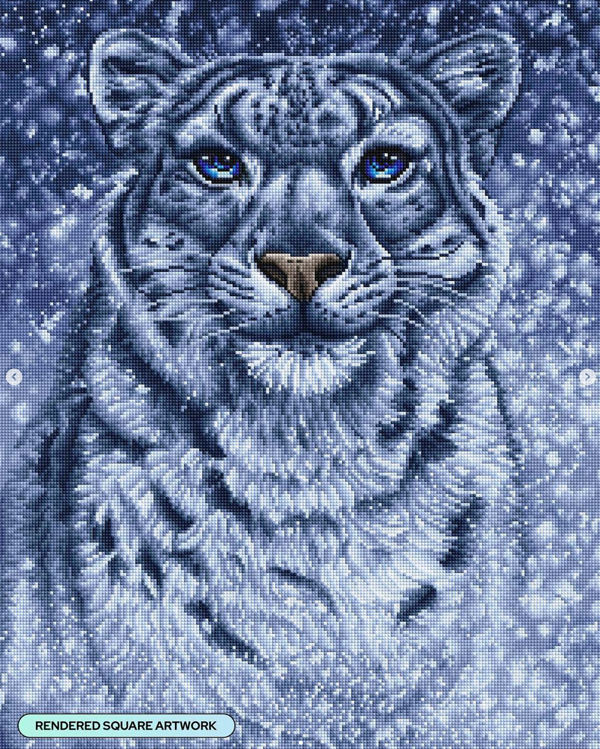 “Snow Queen” by Patrick LaMontagne available in 19.5″ x 25.8″ (49.6cm x 65.5cm) | Square with 28 Colors including 2 ABs and 1 Fairy Dust Diamond
“Snow Queen” by Patrick LaMontagne available in 19.5″ x 25.8″ (49.6cm x 65.5cm) | Square with 28 Colors including 2 ABs and 1 Fairy Dust Diamond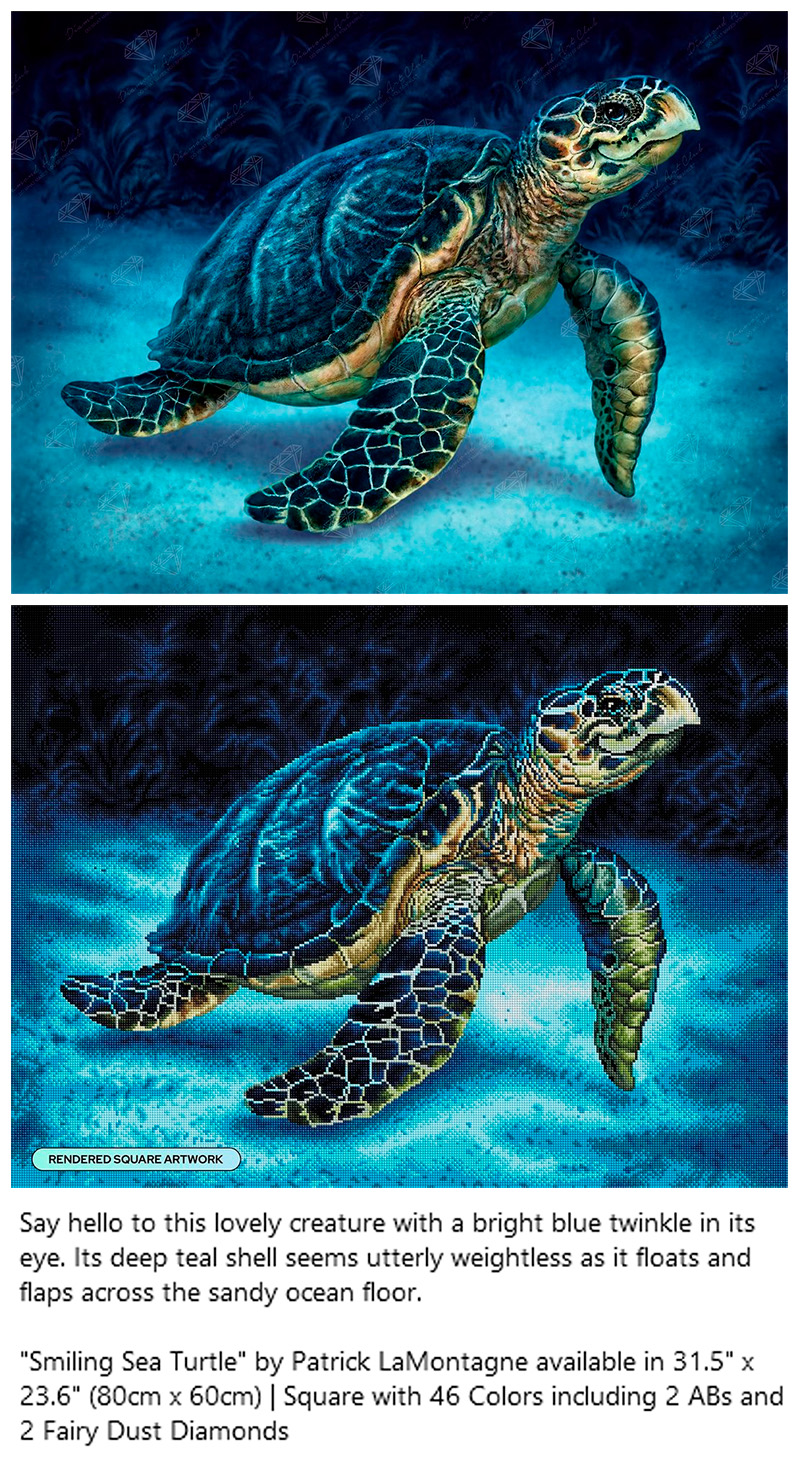

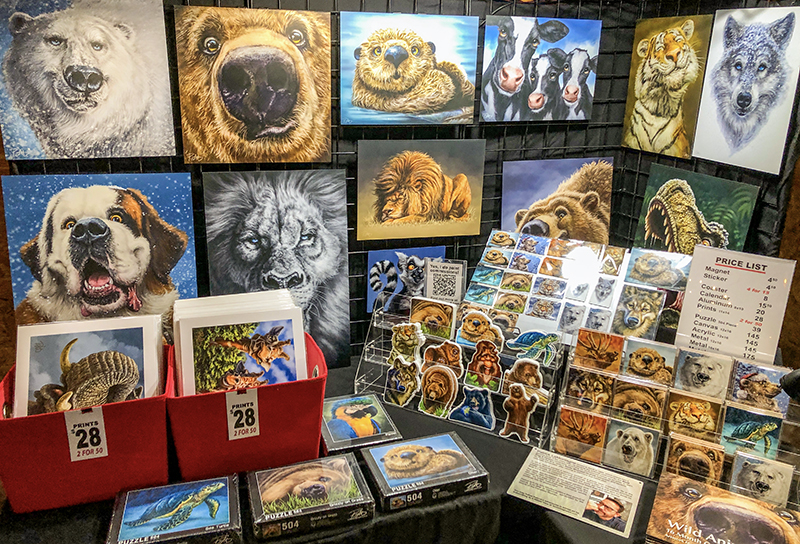 Trade shows and gift markets share similarities, but each is unique. Many vendors travel from one to the next each season. They know each other as coworkers and are on familiar terms with the organizers in different towns and venues. I always learn a lot from talking with these more experienced vendors, and I haven’t met one yet who wasn’t willing to share helpful information.
Trade shows and gift markets share similarities, but each is unique. Many vendors travel from one to the next each season. They know each other as coworkers and are on familiar terms with the organizers in different towns and venues. I always learn a lot from talking with these more experienced vendors, and I haven’t met one yet who wasn’t willing to share helpful information.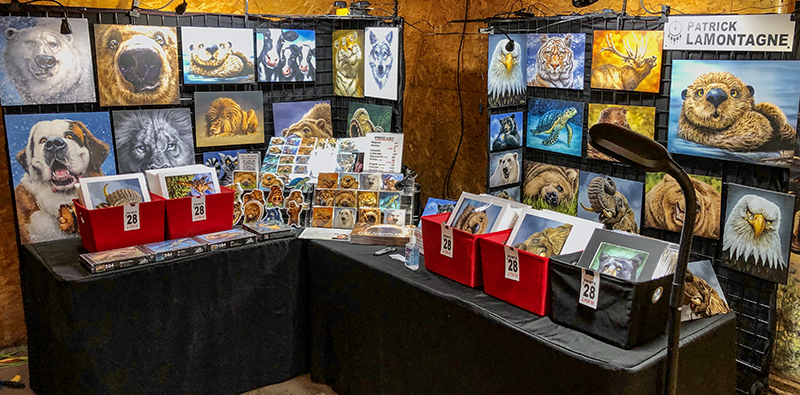 You’ll have to forgive the blown-out sections of these photos where my phone camera overcompensated for the low light/spotlights.
You’ll have to forgive the blown-out sections of these photos where my phone camera overcompensated for the low light/spotlights. The vendors around me were friendly and fun to talk with, and since my booth for the next weekend is right beside the one I just vacated, I look forward to seeing these folks again soon.
The vendors around me were friendly and fun to talk with, and since my booth for the next weekend is right beside the one I just vacated, I look forward to seeing these folks again soon.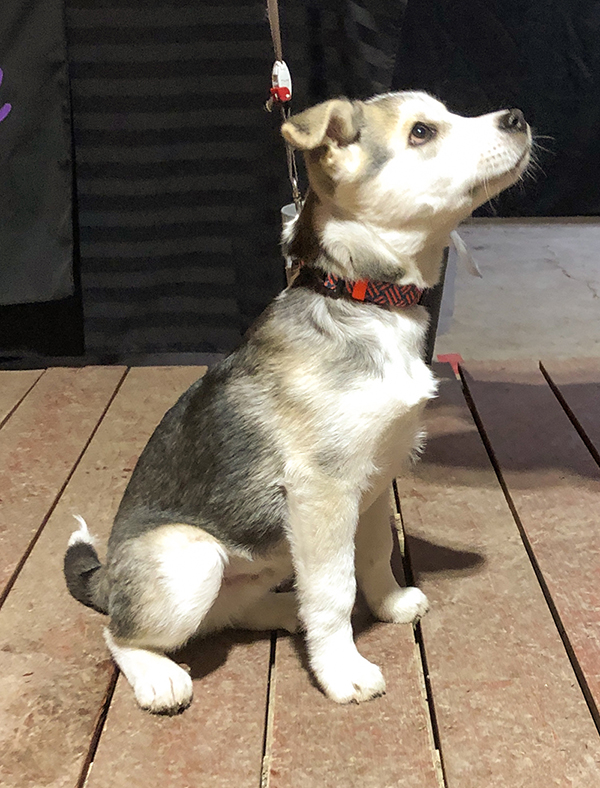 Of course, my whole reason for attending the market was to sell my work, and sales were very good. Over three days, more than 7000 people came through the venue. Though it came and went in waves, it was a steady stream of people, likely because they admit 100 an hour via timed
Of course, my whole reason for attending the market was to sell my work, and sales were very good. Over three days, more than 7000 people came through the venue. Though it came and went in waves, it was a steady stream of people, likely because they admit 100 an hour via timed